Evolving Trends and Burden of Inflammatory Bowel Disease in Asia, 1990-2019: A Comprehensive Analysis Based on the Global Burden of Disease Study
- PMID: 37653213
- PMCID: PMC10686927
- DOI: 10.1007/s44197-023-00145-w
Evolving Trends and Burden of Inflammatory Bowel Disease in Asia, 1990-2019: A Comprehensive Analysis Based on the Global Burden of Disease Study
Abstract
Background: Asia's inflammatory bowel disease (IBD) burden has rapidly increased recently, but the epidemiological trends in Asia remain unclear. We report IBD's incidence, prevalence, mortality, and Disability-Adjusted Life Years (DALY) in 52 Asian countries from 1990 to 2019.
Methods: Data from the Global Burden of Disease 2019 were analyzed for IBD burden across 52 countries, using metrics like incidence, prevalence, mortality rates, and DALY. The epidemiological trend of IBD from 1990 to 2019 was assessed with the Joinpoint and APC methods. Decomposition and frontier analyses examined factors behind IBD case and death changes. The NORPRED forecasted Asia's morbidity and mortality trends from 2019 to 2044.
Results: From 1990 to 2019, The incidence and prevalence of IBD increased in Asia, while mortality and DALY decreased. East Asia had the highest increase in disease burden. IBD incidence was highest among the 30-34 age group, with prevalence peaking in the 45-49 age group. In high-income regions, IBD peak age shifted to younger groups. Decompose analysis showed population growth as the primary factor for the increasing IBD cases in Asia. NORDPRED model predicted a continued IBD burden increase in Asia over the next 25 years.
Conclusions: Between 1990 and 2019, ASIR and ASPR of IBD in Asia increased, while ASMR and ASDR decreased. Due to population growth and aging, the IBD burden is expected to rise over the next 25 years, particularly in East Asia.
Keywords: Comprehensive analysis; Global Burden of Disease; Inflammatory bowel disease.
© 2023. The Author(s).
Conflict of interest statement
The authors declare that they have no conflict of interest.
Figures
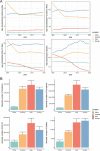
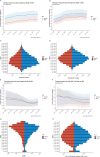
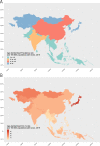
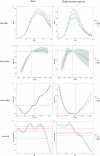
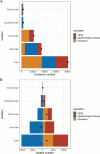
References
Publication types
MeSH terms
Grants and funding
LinkOut - more resources
Full Text Sources

